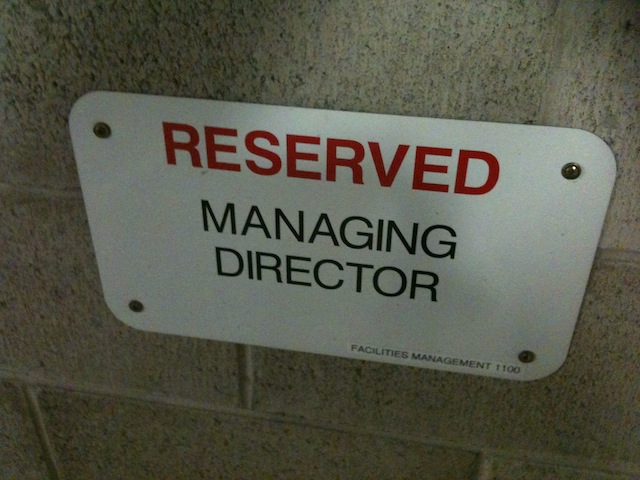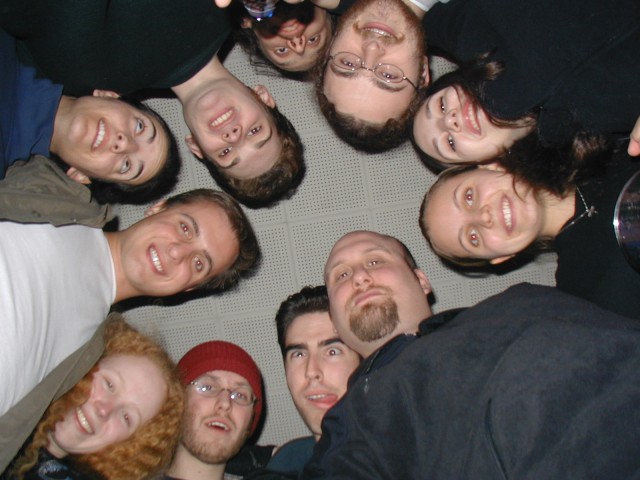Many companies are waiting for an innovation miracle said Autodesk CEO Carl Bass at the company’s final press and analyst conference at the Autodesk University conference in Las Vegas late last year.
“Change happens when new people enter the market or companies find new ways to do things or they are scared by competitors doing something they can’t do,” Bass said in an answer to a question from a Korean journalist about dealing with changing markets.
“The two things I hear over and over again from customers – you stand back and scream because they are all the same – most of our customers want to innovate,” Bass continued.
Building for sustainable change
“Generally they mean they want to build sustainable, competitive changes. They want to create products that have the ‘Apple Premium’ that someone wants to pay more for because it’s the best product in the category and they want to sustain that for as long as possible.
“The second thing that’s almost universal with our customers is when they have a good idea, they want to get that to market as quick as possible. To the extent we supply the tools to help them fulfil those two big needs of ‘how can I innovate and do something I wasn’t capable of doing?’ or ‘how can I shorten the time between when I think about this to when I can sell this?’ Those are things that will motive people.”
At this stage Autodesk CTO Brian Kowalski chimed in, “there is slightly depressing moment in the innovation conversation where the customer says ‘I really want to transform into an innovative company. Can you help me do that using exactly the same tools, people and mindset I currently have. They are hopeful our answer will be ‘yes, we can help you.”
For those organisations Kowalski had bad news pointing out that creating a corporate environment that embraces change requires all three of the ‘people, processes and technology’ triangle. Just adding a new product over the top of the existing culture won’t change the business.
Sympathy for the corporation
Bass though has a sympathetic view towards those large organisations seeking to change.
“Companies do believe there’s some miracle that happens and one of the things I’ve seen most clearly is this idea among startups and VC backed firms is that big companies are just dumb and unaware,” Bass stated. “There almost no large company anywhere in the world that doesn’t know what is going on the world, some of these companies have whole armies of people whose only job is to figure out what’s new and exciting and interesting.”
“People on the other side don’t understand this, they (big company managers) know what’s going on and what’s different, they may not have the wherewithal to change but the idea that car companies didn’t see changes coming – that they couldn’t see a Tesla – they knew but there were a bunch of reasons why they couldn’t make it to the other side.”
Skilling the next generation
Another aspect that troubles Bass are the skills of the next generation of managers, engineers and software developers.
“The second thing I wanted to say about tools is that I go to a lot of universities and I talk to academics about what’s coming next,” he says. “What depresses me a little bit is the faculties have all sorts of new ideas and methodologies but they are teaching using old software tools. No student I know would want a twenty year old cellphone but they sit dutifully and learn twenty year old software. I think that’s one area they have to change first.”
Bass and Kowalski make some important points about the challenges facing organisations seeking to adapt to changes markets, workforces and a rapidly evolving society – it’s not easy and the issues facing all businesses are complex.
Paul attended Autodesk University in Las Vegas as a guest of Autodesk.
Similar posts:



